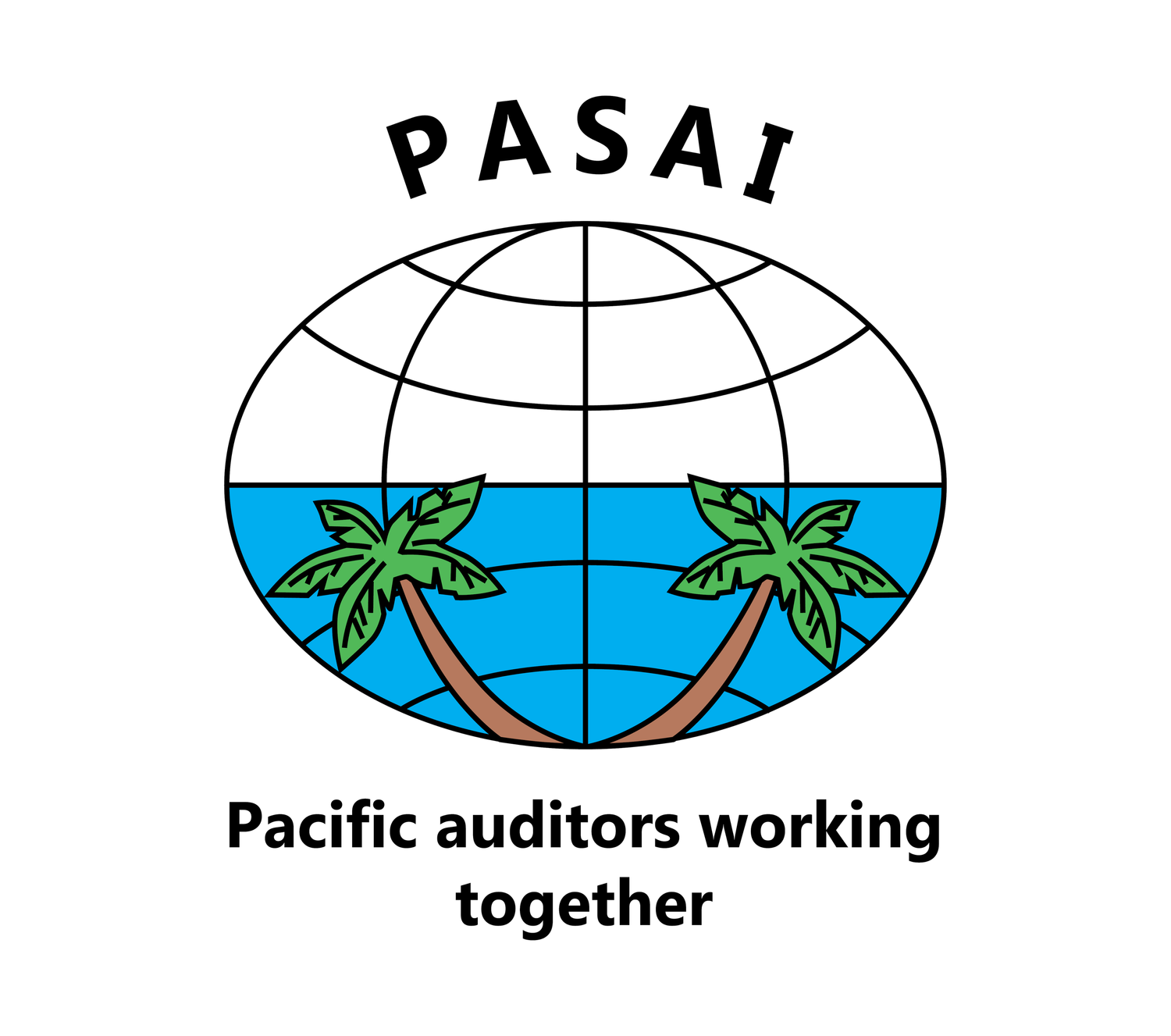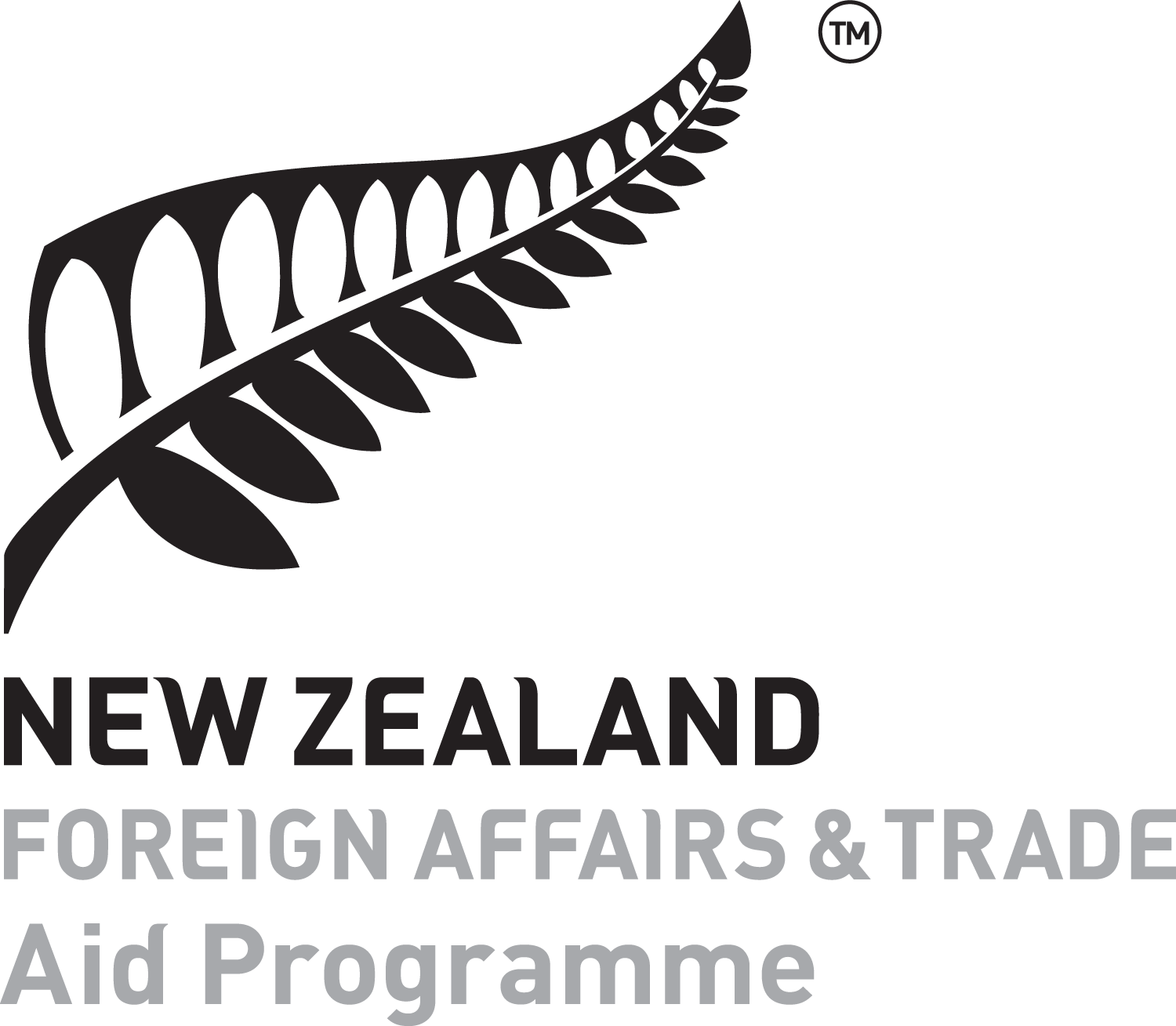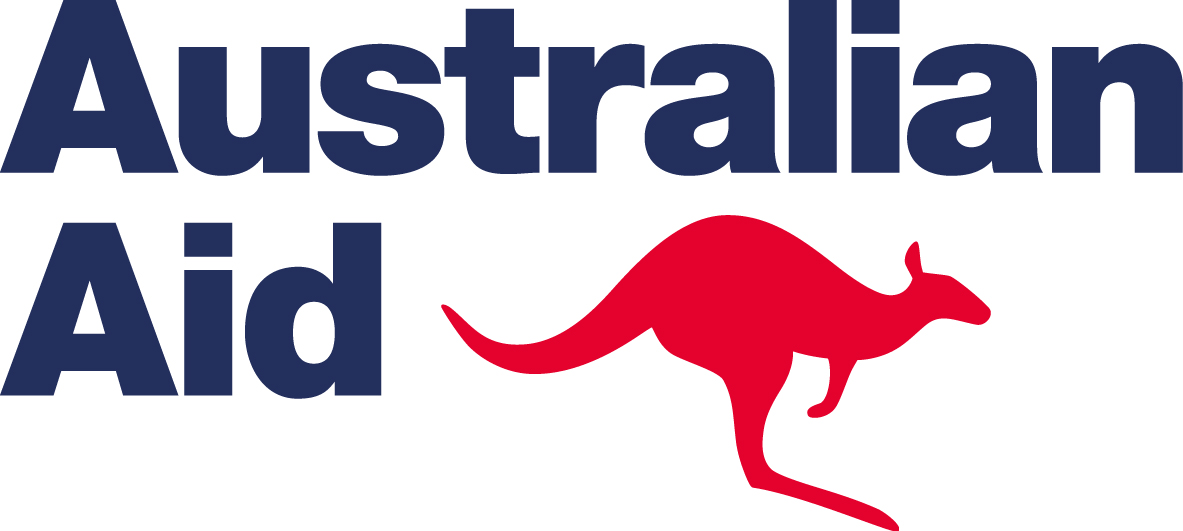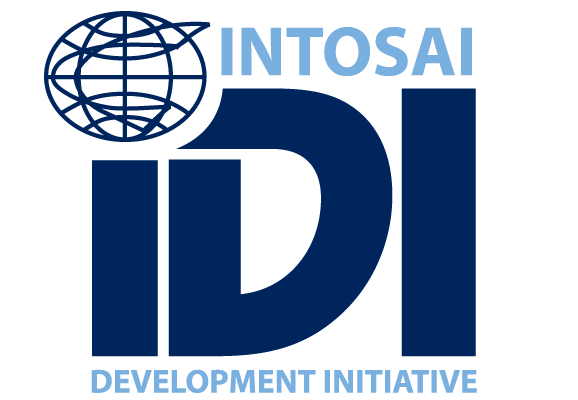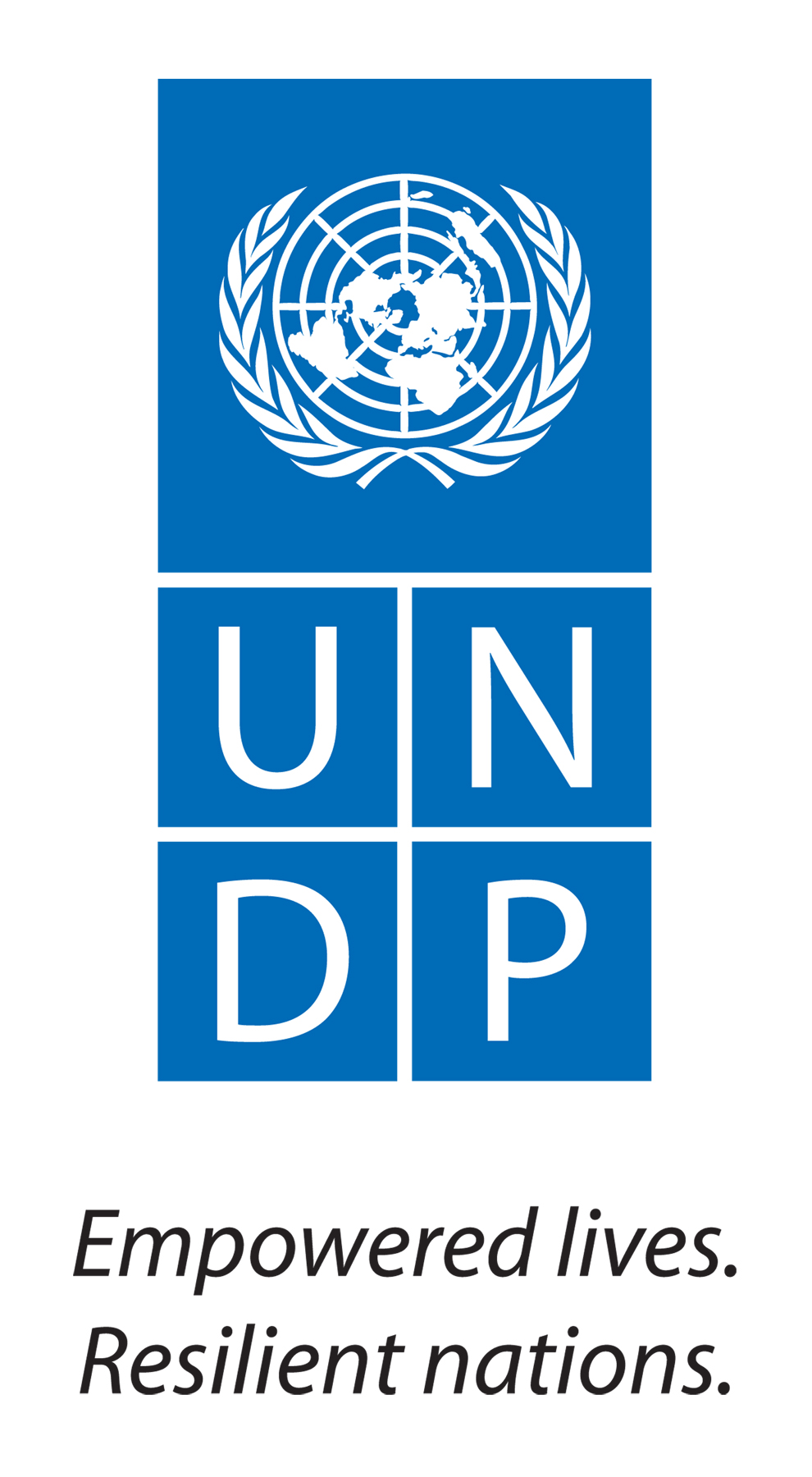By Annie Subactagin-Matto, Director – Monitoring, Evaluation and Reporting, PASAI
What is well-being?
Well-being can be understood as “how people feel and how they function, both on a personal and a social level, and how they evaluate their lives as a whole.”[1]
When people are in a state of mental and physical well-being at work, they are able to be productive, build positive relationships with others, develop resilience and cope better with stress, and develop their potential more fully.
Higher employee well-being is associated with higher productivity and firm performance
The World Health Organisation’s (WHO) research indicates that work environment and work organization can have a significant impact on the health and well-being of workers [2]. Good working conditions can benefit health and well-being. Negative working conditions, or occupational risks on the other hand, can add to or exacerbate existing mental or physical health problems.
Well-being has been linked to higher levels of employee engagement and lower levels of absenteeism and turnover [5, 6, 7]. Human relations theory states that higher employee well-being is associated with higher morale, which, in turn, leads to higher productivity. Emotions theory argues that employees’ positive emotions lead to improved attitudes and motivation and hence better job outcomes and organisational citizenship [7].
Large-scale evidence-based studies confirm this relationship. In a meta-analysis of 339 independent studies originating from 230 independent organisations across 49 industries in 73 countries, London School of Economics researchers found a direct correlation between employee well-being, employee productivity and firm performance across all industries and regions. [4]
Poor mental health and well-being has a detrimental effect on a person’s cognitive, behavioural, emotional and social and relational functioning. The capacity to participate in work is impaired through a reduction in productivity and performance, and difficulty in retaining or gaining work. Through presenteeism (or lost productivity at work), absenteeism and staff turnover, workers, employers and the wider economy is affected [2].
In addition, the WHO has recently classified burn-out in the 11th Revision of the International Classification of Diseases (ICD-11) as an occupational phenomenon as is defined as a syndrome conceptualized as resulting from chronic workplace stress that has not been successfully managed. It is characterized by three dimensions: (i) feelings of energy depletion or exhaustion (ii) increased mental distance from one’s job (iii) feelings of negativism or cynicism related to one's job and (iv) reduced professional efficacy”[3]
COVID-19 and its impact on well-being
The COVID-19 pandemic has resulted in a significant shift in the way that we work. While remote work arrangements have increased work-life flexibility and balance, it has decreased opportunities for connecting with colleagues face-to-face, resulting in feelings of isolation and loneliness. Constantly being online and ‘on call’, the blurring of work/life balance and the fear of job loss has resulted in feelings of fatigue, stress and burnout amongst many people. This is compounded by wider societal anxieties around COVID-19 and the lack of a clear endpoint of the pandemic.
As the world begins to realise that the “long tail” this emergency may go on for many months, executive leaders and middle management are beginning to respond to the challenge of ensuring the well-being of their people and managing productivity levels. This is especially relevant to SAIs and their staff, who are facing considerable pressure to step up their audit activities in response to the pandemic - to ensure they are able to monitor pandemic-related public procurement and the unprecedented levels of expenditure associated with the pandemic. This blog explores how SAI leadership and management can promote well-being, build staff resilience and maintain productivity during and after the pandemic.
How to increase well-being, engagement and productivity in your workplace
Workplace leaders are able to create work environments where people feel safe, calm, connected and engaged throughout the COVID-19 pandemic and beyond. This section contains recommendations on how to do so.
1. Communicate clearly and regularly
Business leaders must engage with their employees and communicate with empathy on a regular basis. Leadership development models must focus on care, human connection and resilience.
Managers are encouraged to maintain a consistent level of contact with their teams. Some options are setting up daily and/or weekly 30-minute (virtual or in-person) team meetings and sending weekly email updates. Setting aside a dedicated time each day to check-in with your team via online meetings, phone calls or online chat will instil a level of trust that will make staff comfortable and allow them to open up more about how they are truly feeling.
Managers are also encouraged to ask their team members ‘how they are coping’ on a regular basis using the OARS technique:
Open-ended questions that elicit more than just yes/no/maybe responses
Affirmations to let people know that you care about the person rather than just the work. It’s important that these are genuine and not scripted.
Reflection - Echo back what you are hearing from your team member. This helps to clarify what you are hearing and can also help you both to come up with solutions.
Summarise - Come back to the key points and lay them all out. From here, you can effectively problem-solve together
Leaders are also encouraged to use language that demonstrates care and support for the health and well-being of your staff. Let everyone know it is normal to feel stress, anger, sadness and anxiety. This is a new situation and we all are learning how to manage. Reframe the language you use to talk about the pandemic in your communications with staff so that it promotes care and solidarity. This also helps to mitigate feelings of panic [9].
2. Establish a safe and healthy working environment
For teams transitioning back into working in an office environment, management must work to create a safe working environment by doing the following:
Introduce a minimum area per person within the office to decrease density
Supply PPE and train employees on how to properly use it
Increase the frequency of office deep cleaning
Create visual instructions and prompts (circles around desks, lanes in corridors, standing spots in lifts etc.) to reinforce social distancing around the office.
Leaders are reminded to encourage their staff to take regular breaks to rest and look after themselves and their families. This will have a positive impact on productivity and staff engagement over time.
3. Make policy relevant and accessible
Policies can demonstrate to employees how the organisation values them and their contributions. COVID-19 means current policies or processes may no longer be fit-for-purpose and may need to be reviewed. You might want to consider reviewing and updating your Code of Conduct, leave policies (specifically sick leave policies), Health and Safety policies and Flexible Work policies. When writing or reviewing policies consider the following questions:
Do they enable staff to work to the best of their abilities?
Do they demonstrate fair and equitable approaches to work?
Do they centre people or processes? [8]
4. Allow your people an element of flexibility
If you are returning to the office, give your team members the opportunity to choose whether they continue working remotely or work from the office - be balanced by educating them about the safety measures being taken in the office while also highlighting the risks to themselves and their colleagues. It is also worth outlining the benefits of getting back to work in the office as well.
Further to flexibility surrounding whether or not employees have to attend the office for work, you could also introduce an element of flexibility around working hours as well - staggered work patterns will mean that not everyone arrives or leaves at the same time, reducing the risk of unnecessary contact in lifts, lobbies or stairwells. Not only will this ease any concerns your employees may have about travelling during peak hours, but it will also protect office based workers by keeping employee density low.
Flexible hours should be extended to your remote workers as well. It may be the case that they are juggling childcare or other family commitments with work, especially if their partner is working as well. Adjusted hours whilst working from home mean that they can take shifts and swap over the family duties at some point in the day. Easing the load in this manner is a great way to improve employee well-being, engagement and productivity
5. Facilitate socialising between team members (with social distancing)
It is almost inevitable that employees will be feeling somewhat isolated from their colleagues. This is likely to continue even when a return to the office occurs because staff may be spread around the office to manage staff density within the office space. In this scenario, the responsibility falls on management to facilitate some safe socialising.
In a remote work setting, managers are encouraged to arrange daily virtual coffee catch ups over Zoom or Google Hangout, and will be a welcome break from the working day for your teams. That way, both groups of remotely based and office based employees can communicate in a more social and less work-related setting.
These strategies will help to increase staff well-being, and will contribute to an engaged, resilient and productive workforce. How does your SAI build staff well-being and resilience?
What’s next?
Stay tuned to read more about the following topics upcoming in our blog series:
SAI Independence
Data governance and data management.
We welcome your feedback and look forward to hearing about other priority topic areas of interest to you. Please email: secretariat@pasai.org
References
[1] New Economics Foundation (2012) Measuring Wellbeing: A guide for practitioners, London: New Economics Foundation.
[2] World Health Organisation. Mental Health and Work.
https://www.who.int/publications/i/item/9789240053052
[3] World Health Organisation. Burnout an “occupational phenomenon”: International Classification of Diseases https://www.who.int/news/item/28-05-2019-burn-out-an-occupational-phenomenon-international-classification-of-diseases
[4] Krekel, C.,Ward, G. and DeNeve, J. (2019). Happy employees and their impact on firm performance. https://blogs.lse.ac.uk/businessreview/2019/07/15/happy-employees-and-their-impact-on-firm-performance/
[5] Haddon, J. (2018). The impact of employees’ well-being on performance in the workplace. Strategic HR Review volume 17, pp. 72-75. https://doi.org/10.1108/SHR-01-2018-0009
[6] McKinsey (2018). The overlooked essentials of employee well-being. https://www.mckinsey.com/business-functions/organization/our-insights/the-overlooked-essentials-of-employee-well-being
[7] Isham, A., Mair, S. and Jackson, T. (2020). Wellbeing and productivity: a review of the literature. Report of the Economic and Social Research Council. https://www.researchgate.net/publication/338899227_Wellbeing_and_productivity_a_review_of_the_literature/link/5e31b252458515072d6e0123/download
[8] COVID-19 Workplace Resource. (2020). Mental Health Foundation of New Zealand. https://www.mentalhealth.org.nz/get-help/getting-through-together/workplace-wellbeing/
------------------------------------------------------------------------------------------------------------------------------------
The Pacific Association of Supreme Audit Institutions (PASAI) is the official association of supreme audit institutions (SAIs) in the Pacific region, and a regional organisation of INTOSAI and promotes transparent, accountable, effective and efficient use of public sector resources in the Pacific. It contributes to that goal by helping its member SAIs improve the quality of public sector auditing in the Pacific to recognised high standards. Due to the global coronavirus pandemic (COVID19), this has restricted PASAI’s delivery of our programs to our Pacific members and in lieu of this PASAI will be providing a series of blogs on various topics that may help auditors think about some implications to service delivery as a result of COVID19.
For more information about PASAI refer www.pasai.org

